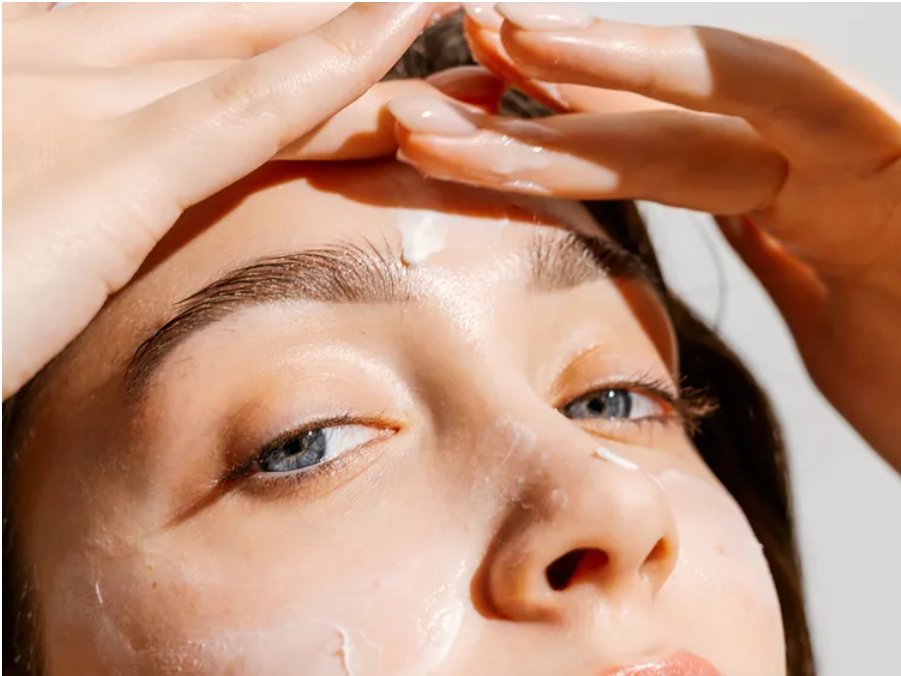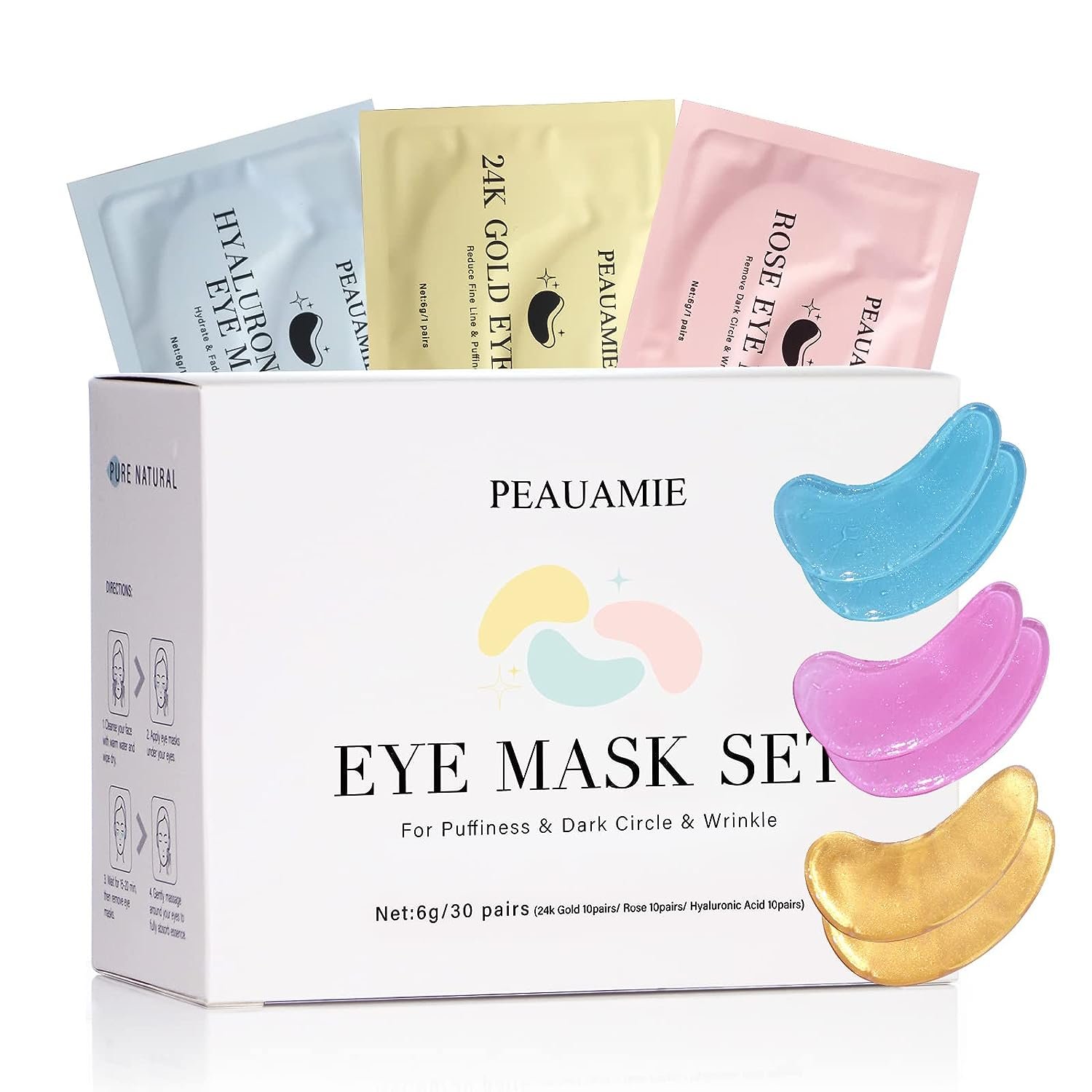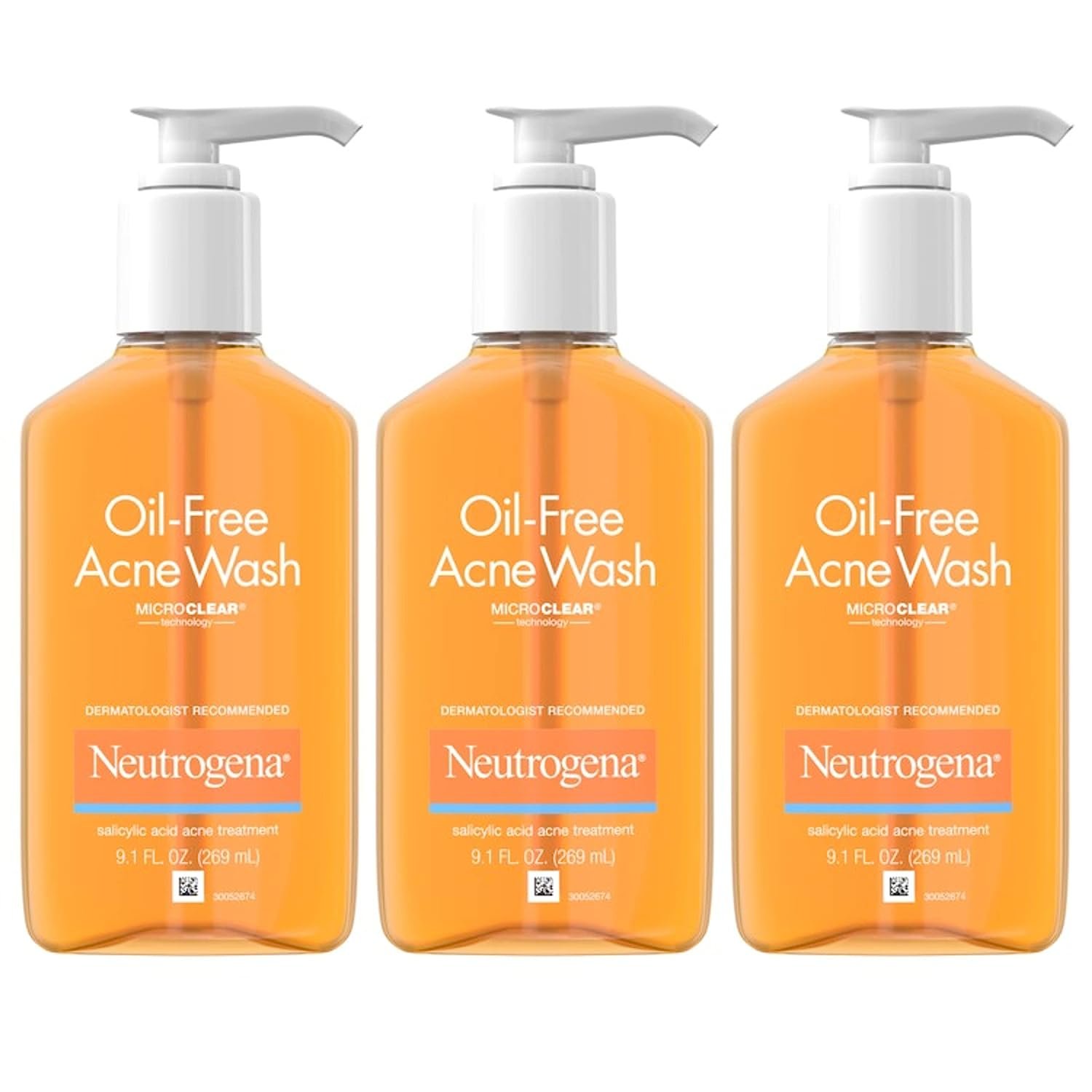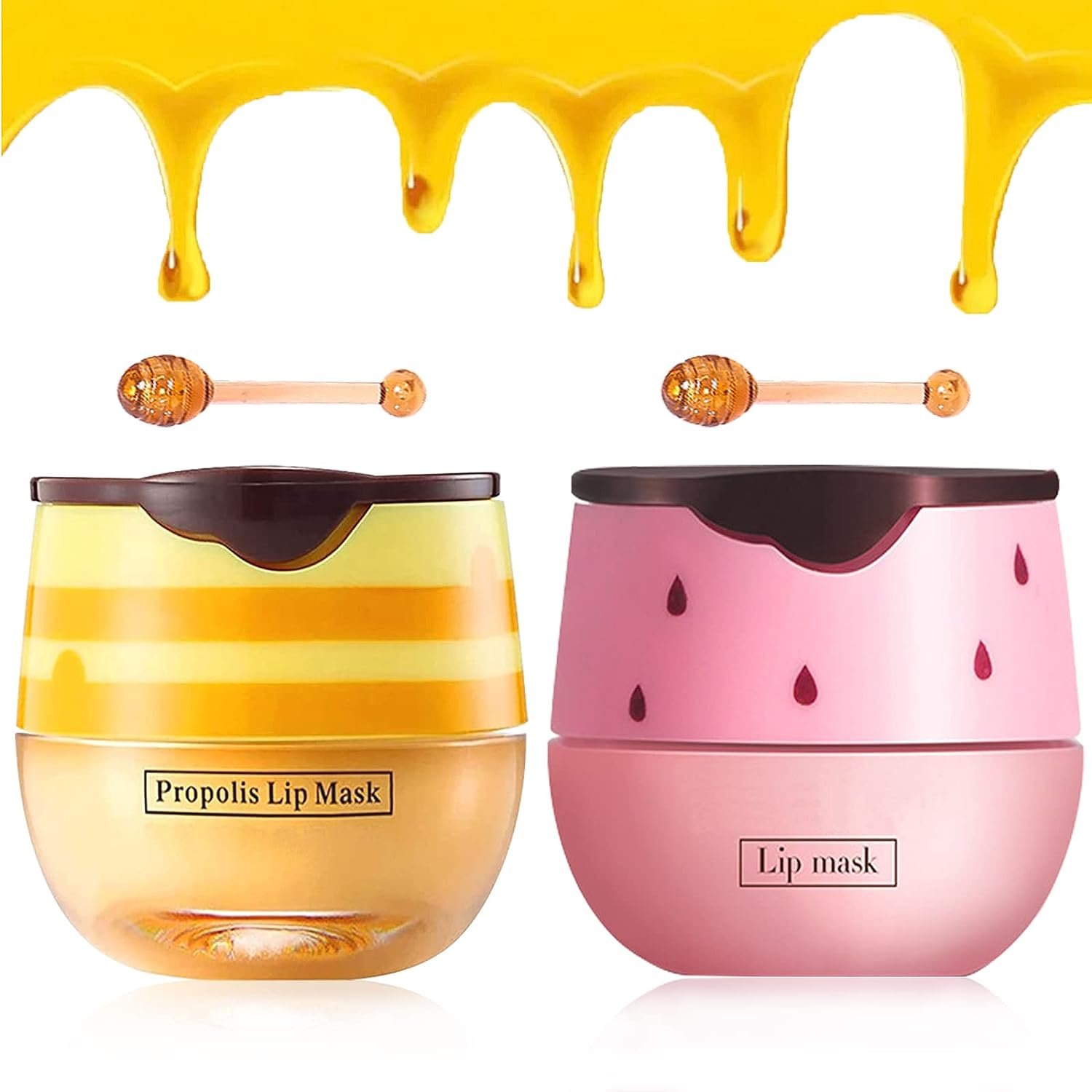Have you ever wondered: waking up in the morning with unbearably dry skin? Is it dehydration or oiliness? Do you need moisturizing or nourishing? In skincare, these two terms are often used interchangeably, but they’re fundamentally different. To clarify this question, we asked two veteran dermatologists, Dr. Lindsey Zubritsky and Dr. Kenneth Mark, to explain the true meaning of moisturizing and nourishing, and how to determine what your skin needs.
About the Experts
- Dr. Lindsey Zubritsky: A board-certified dermatologist specializing in skin cancer screening, general medical dermatology, pediatric dermatology, and cosmetic dermatology.
- Dr. Kenneth Mark: A board-certified dermatologist specializing in Mohs skin cancer surgery, plastic surgery, and cosmetic surgery.
Moisturizing: Replenishing Moisture to the Skin
Definition of Moisturizing
Hydrating the skin means increasing its water content. Dr. Zubritsky compares moisturizing to quenching thirst with a glass of cool water. She recommends looking for ingredients that attract and retain moisture to achieve this. “This typically affects the outermost layer of the skin and makes it appear plumper,” she explains.
How to Moisturize
Dr. Zubritsky recommends looking for products that contain humectants when moisturizing. Humectants draw moisture from the surrounding environment and are typically found in serums or lotions. Both Dr. Mark and Dr. Zubritsky emphasize hyaluronic acid as one of the best moisturizers for creating hydrated, plump skin. Dr. Zubritsky specifically recommends Neutrogena Hydro Boost Water Cream, which contains hyaluronic acid and claims to deliver nine times more moisture than untreated skin, resulting in a more hydrated, plumper, and radiant complexion.
Dr. Mark also mentions lactic acid as one of his favorite moisturizing ingredients. As a humectant, lactic acid increases the skin’s moisture content. Furthermore, as an alpha hydroxy acid (AHA), it can also gently exfoliate without irritating sensitive skin.
Moisturizing: Strengthening the Skin Barrier
Definition of Moisturizing
Dr. Zubritsky explained that moisturizing focuses on strengthening and fortifying the skin barrier, generally leaving the skin feeling soft and smooth. It also helps lock moisture into the skin. Dr. Mark noted that moisturizing and hydrating are not mutually exclusive, but when we typically think of “moisturizing products,” we often think of those that smooth or lubricate the skin.
How to Moisturize
Dr. Zubritsky recommends looking for ingredients that strengthen and support the skin barrier when moisturizing, such as emulsifiers or occlusives. She recommends products containing ceramides, dimethicone, shea butter, lanolin, or petrolatum. She particularly recommends Tatcha The Dewy Skin Cream Plumping & Hydrating Moisturizer, a rich and luxurious lotion enriched with dimethicone, squalane, and antioxidants that locks in moisture.
Dr. Mark added that the carrier is crucial in both dermatology and the ingredient world. For severely dry, cracked skin, an ointment with an occlusive physical barrier, such as Aquaphor Ointment, is indicated.
How to Determine What Your Skin Needs
Dryness or Dehydration
Dr. Zubritsky points out that the key to determining whether skin needs moisturizing or nourishment lies in determining whether it is dry or dehydrated. If skin is dehydrated, it lacks water and may require moisturizing ingredients to replenish it; if skin is dry, it lacks oil and may require moisturizing products to boost hydration. She also notes that the two conditions are not completely mutually exclusive, especially since there is significant overlap in the symptoms you experience and the moisturizers you choose.
Dry skin may have a rough texture, accompanied by flaking, scaling, redness, or itching. Dehydrated skin, on the other hand, may feel tight and appear dull, with more noticeable fine lines and wrinkles.
To determine if skin is dehydrated, she recommends performing the “pinch test.” Gently pinch the skin on your cheek or hand. If the skin is slow to return to its original shape, it is likely dehydrated.
Moisturizing and Nourishing: Complementing Each Other
Although moisturizing and nourishing are often confused in the skincare world, they are actually two different concepts. Moisturizing primarily replenishes moisture to the skin, while nourishing focuses on locking in moisture and strengthening the skin barrier. By understanding the difference between the two, you can choose the right products for your skin condition and achieve the best skincare results.
Whether moisturizing or nourishing, the key is finding the right products and methods for you. If your skin consistently feels tight and dull, it may be dehydrated and you need a moisturizer with ingredients like hyaluronic acid or lactic acid. If your skin is rough, flaky, or red, it may be dry and you need a moisturizer with ingredients like ceramides, dimethicone, or petrolatum.
Finally, remember that skincare is an ongoing process that requires constant adjustment based on seasonal changes, environmental factors, and your individual skin condition. If you’re unsure of your skin type or which products you need, consult a professional dermatologist who can provide personalized advice based on your specific situation.








